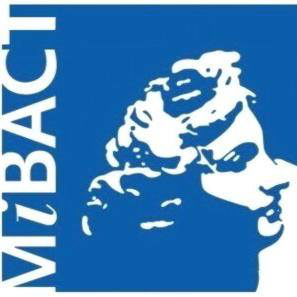Summary (English)
Two trenches were opened in the Parco di via Allende, in the town of S. Ilario d’Enza, an area thought to be part of ancient Tannetum. The zone was partially investigated in 2019 and 2020 when, in the northern part of the park, a Roman via glareata was identified, several metres of which were investigated but no structures were found along its sides. A second trench was opened in the southern part of the park, which identified several walls and production structures probably part of a villa rustica. In 2022, this second trench was extended to reveal more walls confirming the proposed interpretation. Additionally, following a geophysical survey, a large trench was also opened in an area midway between the two previously excavated trenches. This exposed an area of Roman occupation (without structures), thus confirming that Tannetum was not in this area and that in the Roman period this zone was outside the town.
A second tower of the small fortress was investigated in the locality of “Castellazzo”. The removal of US 0 exposed four walls of the structure and its point of attachment to the fortress. The dimensions of the walls, the construction technique and the “coupling” with the fortress walls were very similar to what was seen in previous years at the west tower: this confirms a single building intervention aimed at improving the forts defensive capabilities. Another layer of fill was removed that was possibly connected with the excavations that took place here in the 1950s and 60s, thus reaching the unexcavated stratigraphy, which will be investigated next year. There were several technical details of great interest, for example possible evidence of a floor make-up broken through by the collapse of the tower’s upper floors or the Roman coin found embedded in the lime of the construction, perhaps for apotropaic motives.
- P. Storchi, Museo Archeologico Nazionale di Siena
- A. Colagrande, Università di Trento
- L. Restelli, Sapienza Università di Roma
- L. Contrafatto, Sapienza Università di Roma
Director
- J. Carlsen, Syddansk Universitet di Odense
- L. Migliorati, Sapienza Università di Roma
Team
- L. Restelli, Sapienza Università di Roma
- P. Storchi, Museo Archeologico Nazionale di Siena
- L. Contrafatto, Sapienza Università di Roma
- A. Colagrande, Università di Trento
- L. Contrafatto, Sapienza Università di Roma
- M. Camorani, G.S.T. snc servizi topografici
Research Body
- Museo Archeologico Nazionale di Siena
- Sapienza Università di Roma
- Syddansk Universitet di Odense
Funding Body
- Agriturismo Arco Antico, Taneto (RE)
- Associazione Culturale Tannetum
- Autocarrozzeria Capelli (RE)
- Clevertech s.r.l./Giuseppe Reggiani, Cadelbosco Sopra (RE)
- Comune di Gattatico
- Comune di S. Ilario d’Enza
- GST snc servizi topografici di Marco Camorani
- Gruppo Storico Archeologico val d’Enza
- Italsughero/Fratelli Correggi, Montecchio (RE)
- Ra. Ga. Ricerca Archeologica Geofisica Applicata






![Download [PDF]](/excavation/skins/fasti/images/results/download_sml.png)